Seolleneun Majung (설레는마중)
11.5Km 2021-03-30
49, Insadong-gil, Jongno-gu, Seoul
+82-2-6954-2915
It is a store that sells both traditional Korean desserts and coffee. This cafe is located in Jongno-gu, Seoul. The most famous menu is rice cake.
Yangbandaek (양반댁)
11.5Km 2016-11-15
19-18, Insadong-gil, Jongno-gu, Seoul
+82-2-733-5507, +82-2-730-1112
Yangbandaek specializes in Korean Table d’hote. Even though they offer common Korean dishes, their meals have exquisite tastes like gyeran jjim (steamed egg).
Also most of the ingredients used in their dishes are made organic.
The landlady, in hanbok, traditional Korean dress, with an old abacus, tells you the history of this restaurant.
Daeseong Hanjeongsik (대성한정식)
11.5Km 2021-03-30
10, Insadong 3-gil, Jongno-gu, Seoul
+82-2-734-4407
It is a hidden famous restaurant in Insa-dong. The best menu at this restaurant is soy sauce marinated crab set menu. This Korean table d'hote restaurant is located in Jongno-gu, Seoul.
Matborae Jeukseok Tteokbokki (맛보래즉석떡볶이)
11.5Km 2021-03-19
9, Insadong, 3-gil, Jongno-gu, Seoul
+82-2-720-4831
A spicy rice cakes specialty restaurant located in Insa-dong, Seoul. The most famous menu is stir-fried rice cake with cheese. Jjajang tteokbokki is also delicious.
Haengbokan Kongiyagi (행복한콩이야기)
11.5Km 2021-03-22
89-11, Supyo-ro, Jongno-gu, Seoul
+82-2-2274-2247
A hidden restaurant frequented by workers in Jongno. This restaurant's signature menu is bean sprout and rice soup. This Korean dishes restaurant is located in Jongno-gu, Seoul.
Museo del Té Hermoso (아름다운 차박물관)
11.5Km 2022-08-01
Insadong-gil 19-11, Jongno-gu, Seúl.
El Museo del Té Hermoso es un espacio multicultural y comprende una galería que invita a descubrir obras de porcelana realizadas por jóvenes artistas, una tienda que propone alrededor de 110 tipos de té de diferentes países como Corea, China, Japón, Taiwán, Sri Lanka, India y países de Europa, y un salón para degustar un buen té.
La sala de exposiciones se divide en tres secciones destinadas respectivamente a Corea, China y el Tíbet. Allí se exponen diversos estilos de servicios de té para tener una impresión de las características del arte del té de cada país. Asimismo, jóvenes artistas organizan exposiciones y ventas. El museo expone cerca de 130 tipos de té, podrá comprar o degustar diferentes variedades como té clásico, té verde, té azul, té negro, té a las hierbas, té a las flores, etc.
Areumdaun Cha Bangmulgwan (Beautiful Tea Museum) (아름다운차박물관)
11.5Km 2019-08-02
19-11, Insadong-gil, Jongno-gu, Seoul
+82-2-735-6678
In addition to gourmet restaurants, traditional tea houses are a popular destination in Insa-dong. Among them, we recommend Areumdaun Cha Bangmulgwan, where you can taste more than 100 types of tea, including Korean, Chinese, Japanese, and Taiwanese. The shop also serves as a museum and gallery. Enjoy a leisurely cup of tea as you appreciate the art that is on display.
Ijo (이조)
11.6Km 2021-03-26
8, Insadong 3-gil, Jongno-gu, Seoul
+82-2-730-7610
Galbijjim (braised short ribs) is a traditional Korean menu of ribs seasoned with soy sauce. This Korean dishes restaurant is located in Jongno-gu, Seoul. The representative menu is braised short ribs.
Chakraa (Hannam Branch) (차크라(한남점))
11.6Km 2020-02-21
83, Dokseodang-ro, Yongsan-gu, Seoul
+82-2-796-1149
Located in a famous beautiful area of Seoul, Chakraa is an authentic Indian restaurant. It is also near the Embassy of India in Korea and the Embassies of other countries, as well as UN Village. The restaurant has seating for 60 guests.
Museo Kimchikan (뮤지엄 김치간)
11.6Km 2021-04-27
Insadong-gil 35-4, Jongno-gu, Seúl
Desde su fundación en 1986, el Museo Kimchikan ha exhibido las reliquias históricas relacionadas con el kimchi, los diversos tipos, maquetas de los procesos del preparado, e información sobre la eficacia derivada de su proceso de fermentación. Los visitantes aprenderán sobre el origen y la historia del kimchi a través de libros, pinturas y escrituras antiguas, y los diferentes tipos de vasijas almacenadoras de kimchi junto con los utensilios tradicionales de cocina que se utilizaban para prepararlo. También se exponen diferentes tipos de kimchi característicos en cada región de Corea y espacios para actividades.
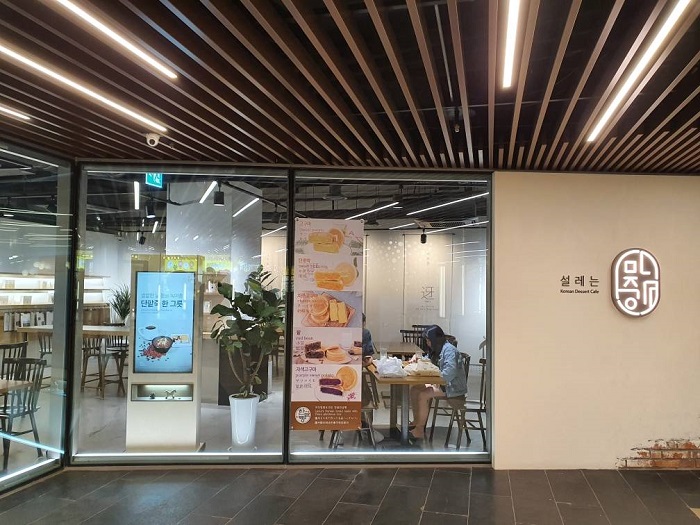
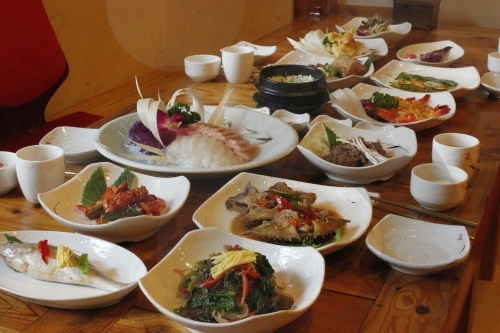
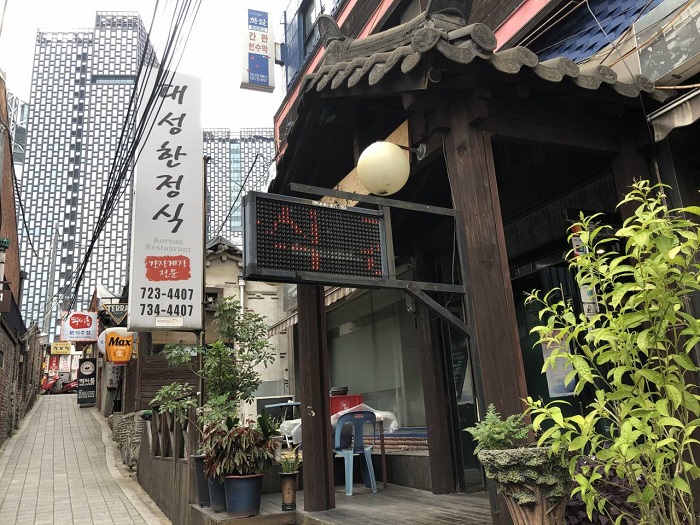
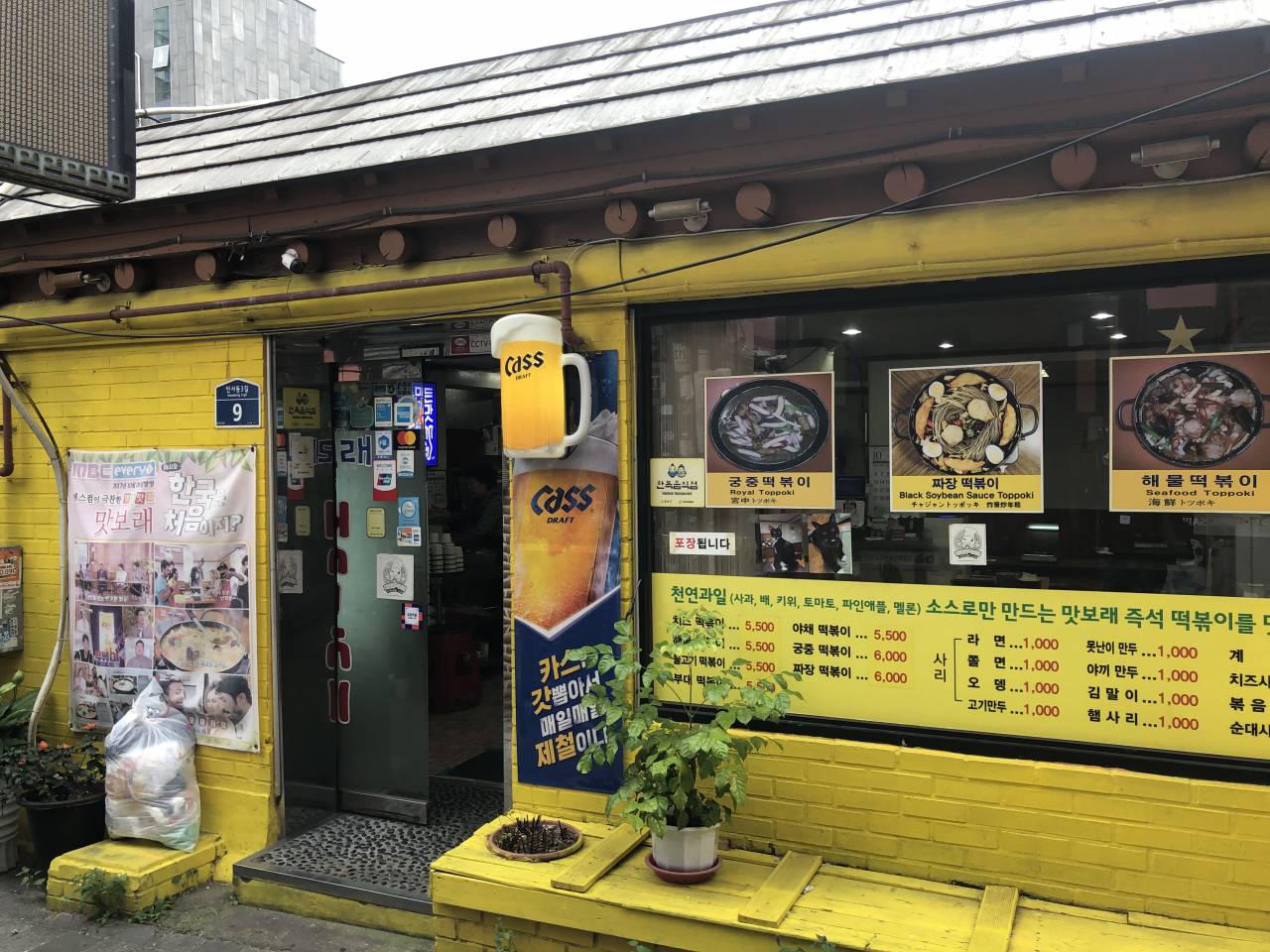
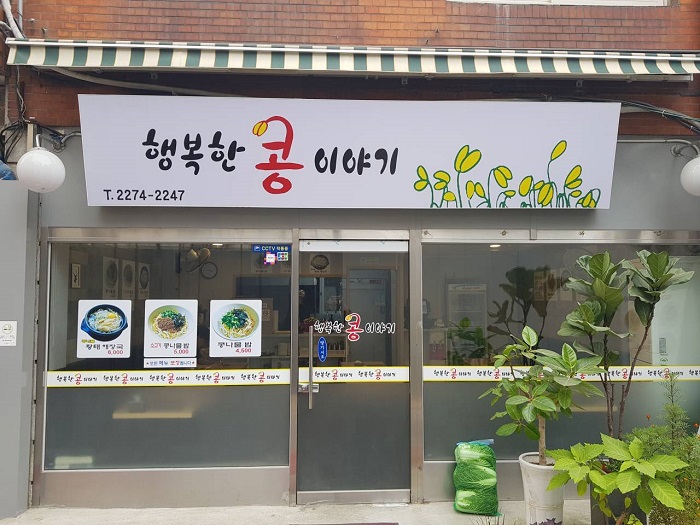
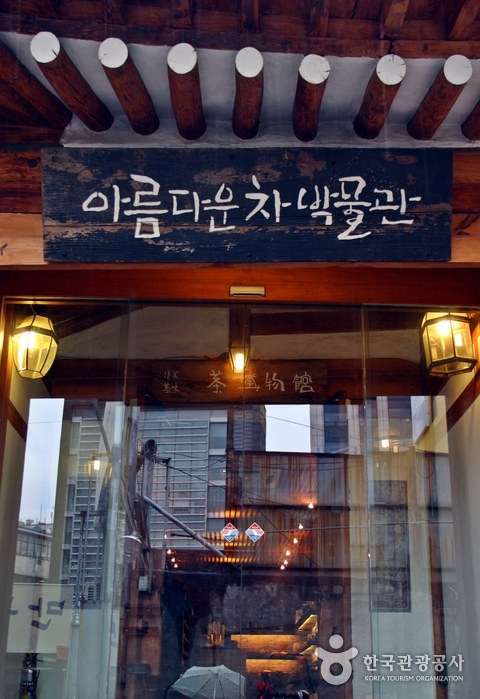
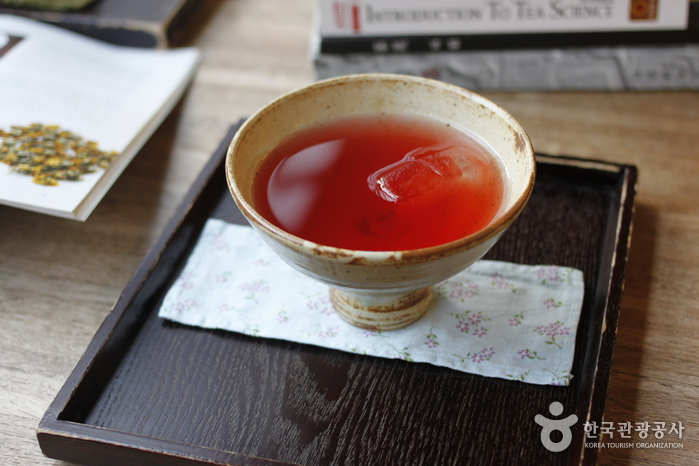
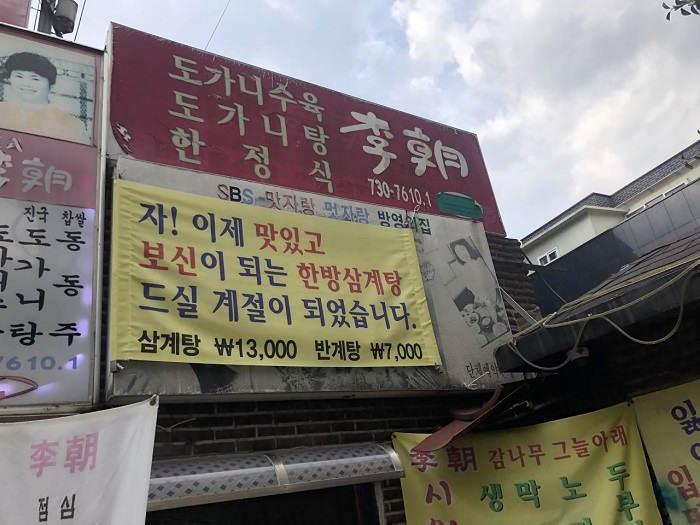
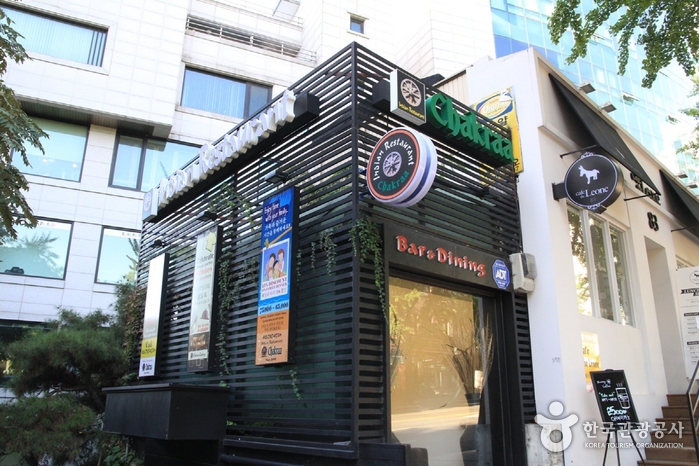
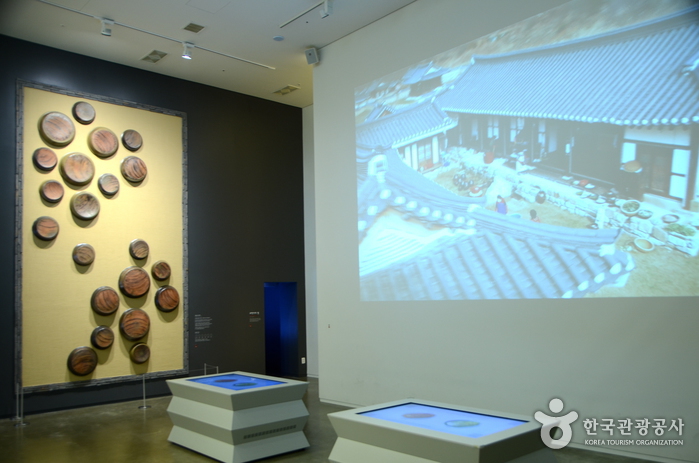
 Español
Español
 한국어
한국어 English
English 日本語
日本語 中文(简体)
中文(简体) Deutsch
Deutsch Français
Français Русский
Русский